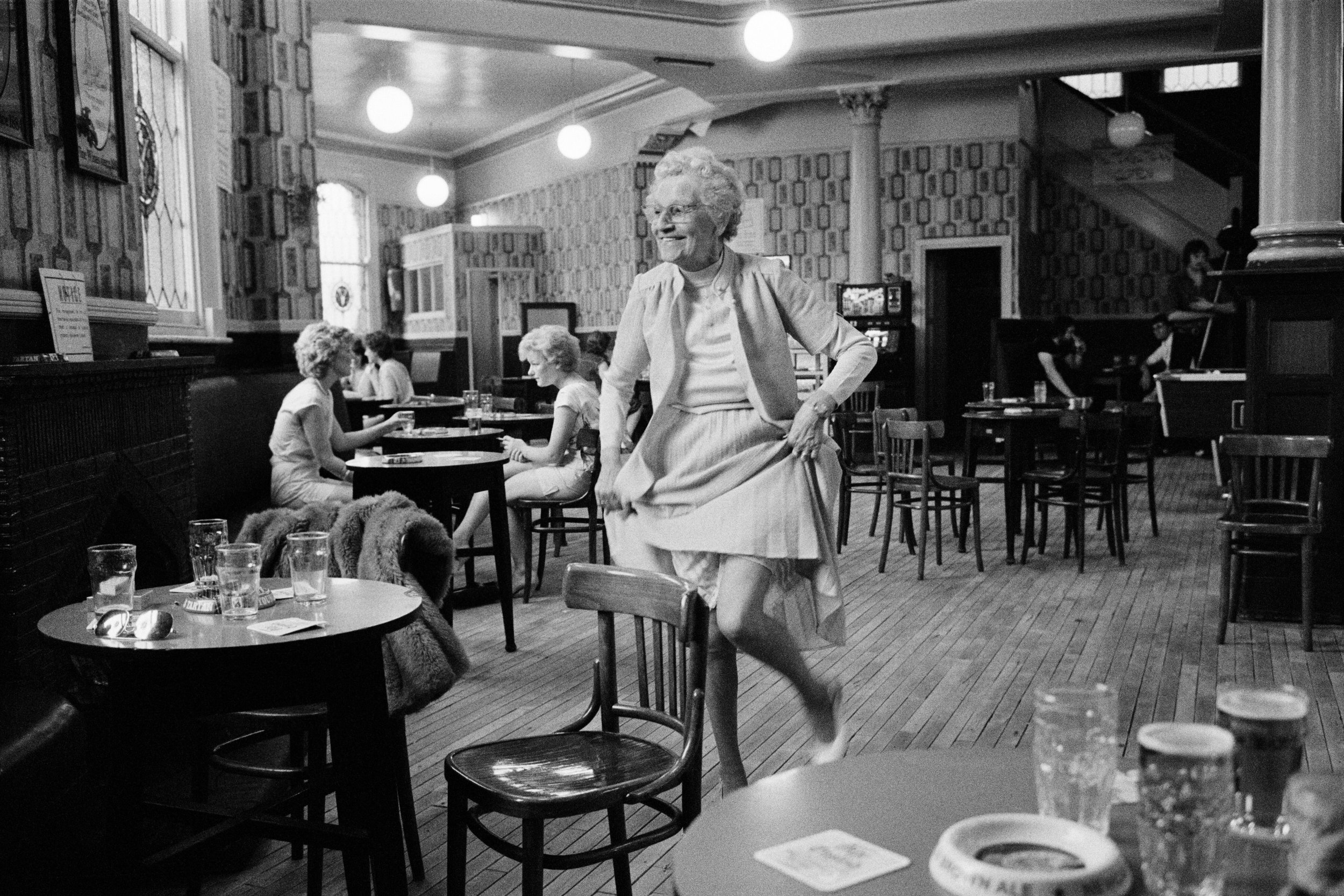Just how creative is photography?
The consensus these days seems to be that the battle for photography’s status is won. There it is hanging on the walls of major museums and art galleries – end of discussion. But that ignores the distinction so commonly made between ‘art as photography’ (which is what artists do) and photography as art (which is what photographers do). The clear suggestion is that one is more creative than the other. It also omits all the other photographies: scientific, technical, medical, forensic, family, evidential, social and so on. I thought a more interesting way of looking at it was to turn the telescope round and point it not at photography but at creativity.
To do that I read two autobiographies by people who might generally be considered creative: Philip Glass’s ‘Words Without Music’ (Faber and Faber, 2015); and Patti Smith’s ‘Just Kids’ (Bloomsbury 2012). I read them because they came floating up to me from the shelves of my local secondhand bookshop. So – pretty random, which is the best way. My question was: do these creative people see life any differently from anyone else?
Philip Glass seems to have come straight out of the stalls, looking neither to right nor to left but with one goal only: to write music. He did whatever it took to survive financially: removal work, taxi-driving (which one time nearly cost him his life), plumbing and house maintenance. He brought up a family and he kept a roof over their heads but he only started to earn money from the music when he was in his forties. On the way he took care to cultivate good artistic company, to develop his technical skills, to work at composition every day and – it seems, to enjoy it as he went along. The self-belief seems to have been unshakeable right from the start.
Patti Smith, from a later generation, tried a few things: poetry, a bit of acting, drawing and then rock and roll. To her, artistic practice was mystical and the practitioners were mystics. She was determined to become An Artist, and that is what she did – almost by sheer force of will. She seems not to have had Philip Glass’s self-belief but she was practical, held down jobs and kept going. While her friend and lover, Robert Mapplethorpe, seemed to climb to the top, she floated. Contacts were essential- but then, when aren’t they?
What the two of them seem to have in common is practicality. They kept producing work, they were ready when the chance came, they kept the wolf from the door, they moved in the right company and they would not be deflected. Both of them seem in thrall to the idea that Artists are Different, that they are a kind of nobility, that to be an artist is “to see what others cannot” as Patti Smith puts it. Hmmmm…yes, well.
Nearer the mark, perhaps, is the idea that Philip Glass cites from Krishnamurti, that creativity is not so much a characteristic as a moment, a kind of unrepeatable spontaneity. That is what both he and Patti Smith exhibit. They never seem to quite know what is coming next but have great confidence that something will come.
That’s an idea which transfers well to photography. When I peer through the viewfinder I like to think that I am in the same position as the sculptor wrestling with form, the poet with words and the musician with sound. But creativity is not the unique preserve of the fine arts. I am also in the same position as the mechanic grappling with spanners, the cakemaker with recipes and the mathematician with numbers. Creativity is a world where thought is momentarily suspended and memory no longer functions. That, presumably, is why time passes so quickly.
When Robert Mapplethorpe photographed Patti Smith for the much-lauded cover of her first LP ‘Horses’ he went through numerous attempts. The light keeps changing, his light meter malfunctions, first its jacket on and then jacket off – then all of a sudden he says:
“I got it.”
“How do you know” she asks.
“I just know.”
It came from nowhere, as these things do. You can’t predict them and you can’t repeat them. All you can do is to make your preparations and then be open to them - whatever the activity and whatever its status. For photography, you have to think about the photograph you are taking, of course, but if you are still thinking about it when you snap the shutter then you may get something technically good - but not much more than that.







